This is a clay idol discovered in the Sulmona basin, near the San Callisto springs (Popoli), near the sources of the Pescara river. The statuette was found without the head, with the right arm folded under the breasts (the other is missing), the legs flexed as if it were half seated and with an evident accentuation of the buttocks. Together with the idol were found pottery with impressed decoration of engraved lines and dots, as well as pottery with painted decoration, Diana-type tubular and spool handles, bowl decorated with bands of impressed dashes.
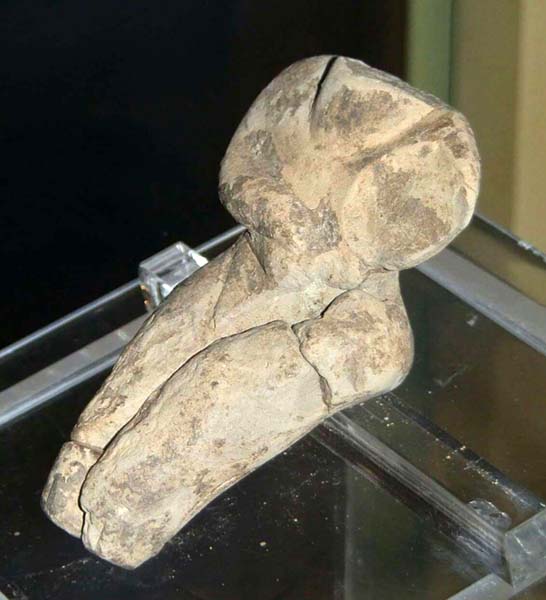
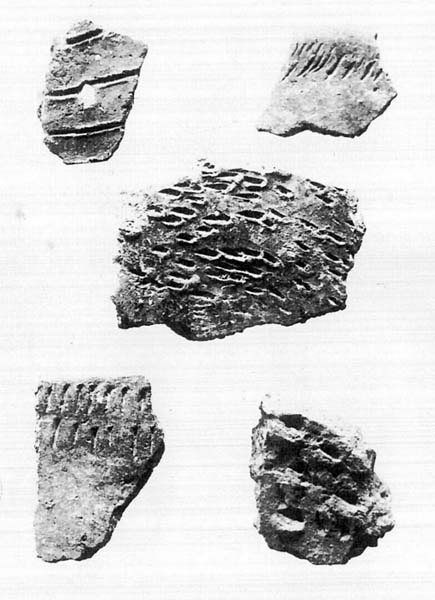
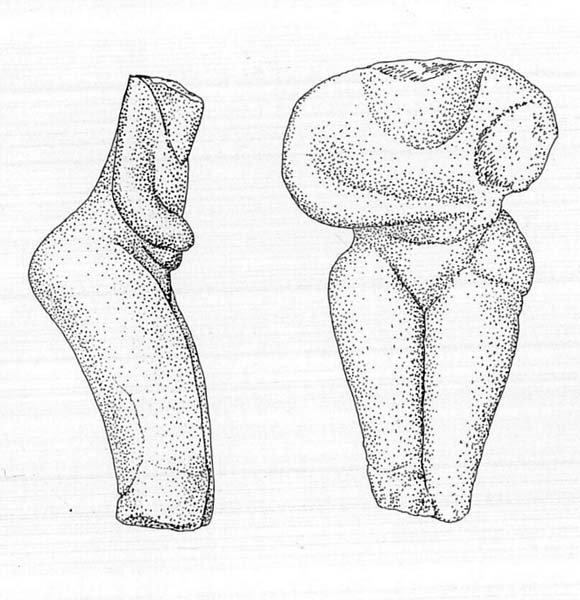
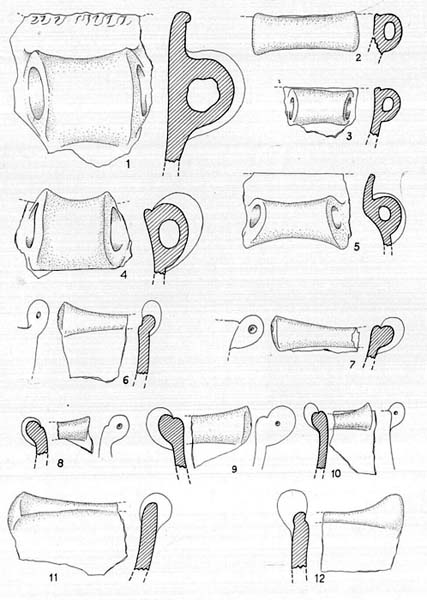
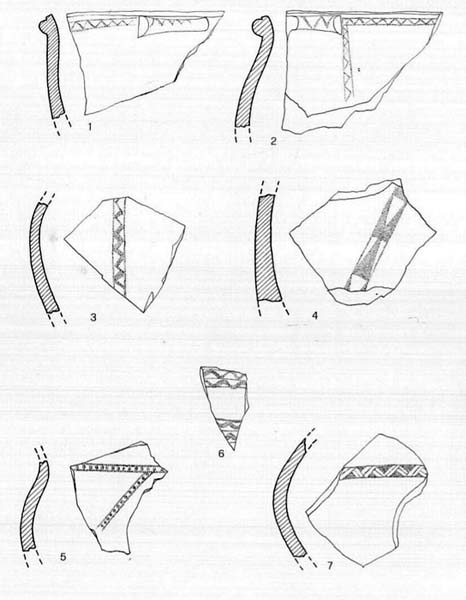
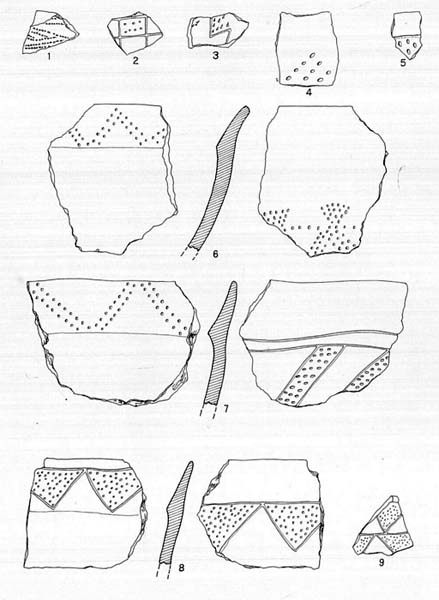
Historical notes
At the current state of research, that of San Callisto, near Popoli, is the oldest stable human settlement in the Conca di Sulmona, sufficiently documented by a good variety of finds, from the context of which significant elements of Eneolithic and proto- apennines.
More widely attested are the phases of the Late Bronze Age and the Proto-Villanovan, in which perhaps those settlements indicated by surface ceramic fragments on elevated and inhospitable places but naturally inaccessible and therefore better prepared to be defended with ditches, aggeri and stockades. These settlements on high ground seem to be a prelude to the later fortified centers of the Italic era, and only the lack of documentation makes it seem risky, at least for now, to recognize closer ties. As regards the diffusion of the Proto-Villanovan culture in Italy, it has been hypothesized that it coincides with the descent of the populations belonging to the Italic languages, in the context of the Indo-European migrations of the second half of the Bronze Age. Marija Gimbutas argued for a “Proto-Italic” colonization of north-central Italy by the “North-Alpine” Urnfield groups (Bavaria and Austria). Similarities between the urnfield pottery of this geographical area and the Proto-Villanovan pottery have been noted by the same author. (Marija Gimbutas, “Bronze Age cultures in Central and Eastern Europe”, Berlin-Boston, De Gruyter Mouton, 1965, pp. 339-345).
CARD
LATEST PUBLISHED TEXTS
VISIT THE FACTSHEETS BY OBJECT

